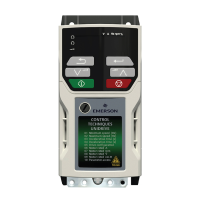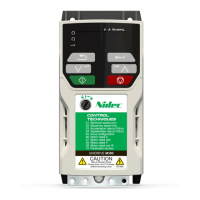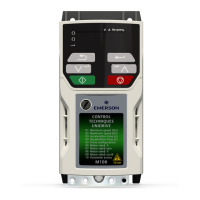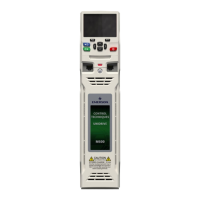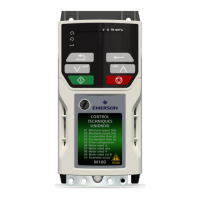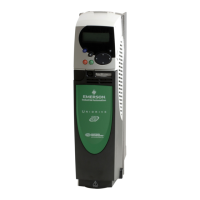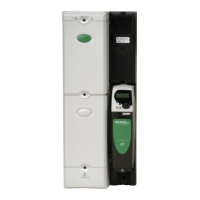134 SI-Ethernet User Guide
Issue: 1
• Length of daisy chain - A daisy chain with Ethernet is really a chain of three port
switches.
This can be controlled through physical network design e.g. using a tree structure to
limit the length of daisy chains.
The above delays (Latency) are managed in software, in conjunction with PTP, to
ensure that all device use synchronous data at the same time, but the length of the
daisy chain must be controlled by careful network design.
7.3.5 General guidelines for synchronous cyclic data
The following guidelines provide a simple way of specifying a network supporting
synchronous cyclic data that offers accurate synchronization and guaranteed
determinism, whilst maintaining compatibility with standard Ethernet traffic.
• Limit daisy chains to 10 drives
• Where more than 10 drives are used, create a tree structure using a switch
• Any Ethernet switches must support IEEE1588 V2
• Segregate the network using VLANs and gateways
• Assign one device to be the synchronization master for each segregated network
7.3.6 Segregating the network
If synchronous cyclic links are used, for best reliability it is sensible to segregate the
network. This means:
• Assign one (or more) drive(s) to be a gateway, which ensures messages entering
the segregated section are stripped of any existing prioritisation information. (See
Gateway Mode (S.02.025)
• Ensure that VLAN (Virtual Local Area Network) is enabled on all devices so that
synchronous data can be prioritised as it is passed between switches. (See VLAN
Enable (S.04.030) and Drive VLAN ID (S.04.031))
• Use multiple Master Clock Domains. (See Master Clock Domain (S.11.002))
7.3.7 Synchronization master
If a synchronous cyclic link is used then one device must be a synchronous master, if
this is an existing 3
rd
party device then, to minimize the initialization time, all other
devices/drives on the network should not be allowed to become the synchronous
master. To disable the drive from becoming the synchronous master then set the value
in Preferred Sync Master (S.11.001) to 0, this ensures the drive does not become the
synchronous master.
If there is no existing synchronous master then a suitable drive should be chosen (see
Preferred Sync Master (S.11.001)), in choosing which drive to be the synchronous
master, the physical position of the drives and network layout should be considered so
as to minimize the number of switches each message has to pass through.
A typical segregated network using VLANs and gateways consisting of three separate
sections of a machine controlled by one master PLC is shown in the following diagram.
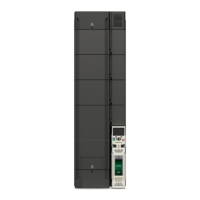
